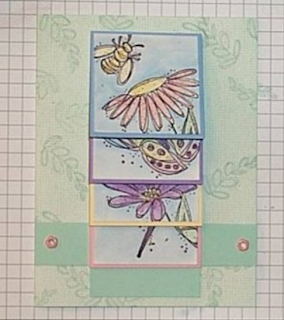The
bottom panel on page 41 has Art sitting at his desk with a pile of bodies under
him and on the next panel two people are seen standing on top of the bodies. According
to McCloud the words and pictures are in parallel because what Art says on that
panel on page 41 has nothing to do with what is seen, “words and pictures seem
to follow very different courses,” (154). Art is thinking about the book and
his mother, but the picture is showing something more horrifying. Even in the
next panel, the people seem to be deliberately ignoring them by stepping on the
bodies to talk to Art, portraying how Art’s attempt to display the horrors of
the holocaust and what the people at the time had to go through is not having
the effect that he wants. He’s successful and is profiting off it but people
are missing the message that Art is trying to convey.
Furthermore, as the panels progress
on page 42, Art is seen as growing smaller and smaller, to a younger, childlike
version of himself, which is an example of “when pictures carry the weight of
clarity in a scene.” (McCloud 157). Art is very overwhelmed in this scene perhaps
by the people around him or even the weight of the stories of the holocaust and
how he is profiting off of it and how other people are trying to use it to make
money, completely diminishing his purpose; finally, the very last panel on page
42 is him crying out “WAH.” Here he is like a child who is not able to express
his feelings clearly and properly, which is enhanced by Art drawing himself as
a child and clearly expressing the overwhelmed feeling he is experiencing in
the scene. Moreover, Art’s feeling of sadness or loneliness is seen through the
lines on his face, making his face seem visibly darker, unlike chapters before
where his face is clear and white.
Finally, unlike previous chapters
where Art and the other characters are seen as actual animals, in these two
pages the characters are seen as humans with animal masks on. McCloud says that
“Storytellers in all media know that a sure indicator of audience involvement—is
the degree to which the audience identifies with a story’s characters,” (42);
by this logic before when all the characters were actually animals the audience
could identify with the characters, but now they are humans in animal masks, bringing
attention to the fact that these were real humans, not different species of
animals, who had to live through the holocaust and they experienced things that
Art and the reader will never be able to experience, which reduces the “degree
to which the audience identifies with a story’s characters.”
Art in these two pages portrays the negative
effects of the holocaust on him despite him never living through it himself; it
still haunts him and makes him depressed.







